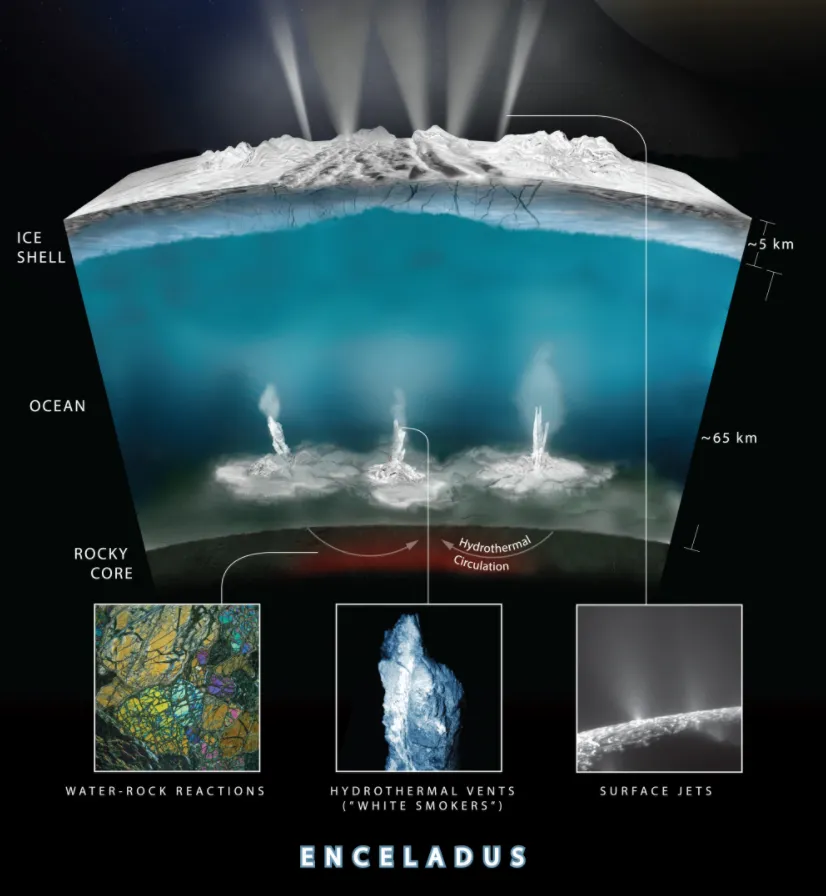
The Cassini probe has discovered that favorable conditions for life existed on Saturn. Was launched on October 15, 1997 and the mission took seven years to reach Saturn's orbit, Cassini carried the European Huygens probe in its interior, and in the end it was 13 years of exploration during which Cassini made huge discoveries that have revolutionized knowledge about Saturn and also about the enormous typology of worlds in the solar system in which life could also exist.
Before the mission was launched, it wasn't clear that anywhere in the frozen outer system could be the mixture of elements that are known to be necessary for life: liquid water, essential chemical elements and a source of energy either from the sunlight or chemical reactions that are favorable or that can produce life.
Since Cassini arrived at Saturn it has been demonstrated that inhabitable worlds with oceans are possible, thus Cassini discovered that Enceladus (small moon in orbit beyond the rings of Saturn) despite its small size has an intense geological activity near the south pole and reserves of liquid water since it houses an ocean of global liquid water with salts and simple organic molecules that emits steam and water gel through geysers in cracks on its surface.

The existence of this ocean has made Enceladus one of the most promising places in the solar system to search for life. Cassini has provided a glimpse of Saturn's system, obtaining information about the composition and temperature of the high atmosphere of the storms and the possible and powerful radio emissions, as well as observing rays for the first time on the day and night faces of the planet and its rings, a natural laboratory to study the processes that make up the planets, have become a kind of mini-solar system that is really interesting for the scientific community and which is said to be very likely to house life.
| Posts that may be of interest |
|---|
| Tech Pills: What signal-to-noise ratio is? |
| Stress is contagious |
| Emotions, feelings and our brain |